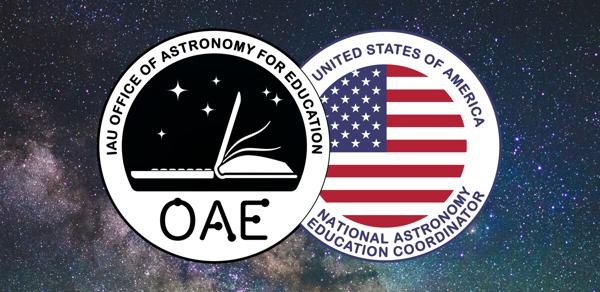Glossary term: 凌
Description: 当一个天体穿过另一个角大小较大的天体和观测者之间时,就发生了凌星。从观测者的角度看,遮挡天体移动到被遮挡天体的前面,阻挡了被遮挡天体表面的一部分视线。如果从观测者和被遮挡天体之间经过的遮挡天体的角大小大于后者,这种情况被称为掩星,而不是凌星。对于同一系统,被一个观测者看到的凌星现象,可能不会被另一个来自不同角度的观测者看到。
在太阳系中,从地球上看水星和金星有时都会凌日。从地球上看,绕太阳系行星运行的卫星经常会穿过其所绕转行星的表面。
环绕其他恒星运行的行星(系外行星)通常是在凌星时被发现的,它们会遮挡住恒星的部分光线,从观测者所在位置看去,恒星会显得略微暗淡。只有当行星的轨道平面与地球的视线相交时,从地球上看绕恒星运行的行星才会凌星。因此,用凌星法寻找行星只能探测到银河系中的一小部分行星。凌星还可以用来估计系外行星的大小。
Related Terms:
See this term in other languages
Term and definition status: The original definition of this term in English have been approved by a research astronomer and a teacher The translation of this term and its definition is still awaiting approval
The OAE Multilingual Glossary is a project of the IAU Office of Astronomy for Education (OAE) in collaboration with the IAU Office of Astronomy Outreach (OAO). The terms and definitions were chosen, written and reviewed by a collective effort from the OAE, the OAE Centers and Nodes, the OAE National Astronomy Education Coordinators (NAECs) and other volunteers. You can find a full list of credits here. All glossary terms and their definitions are released under a Creative Commons CC BY-4.0 license and should be credited to "IAU OAE".
If you notice a factual or translation error in this glossary term or definition then please get in touch.
Related Media
木星、木卫一及其阴影,作者:Ralf Burkart,德国
Credit: Ralf Burkart/IAU OAE
License: CC-BY-4.0 Creative Commons 署名 4.0 国际 (CC BY 4.0) icons









